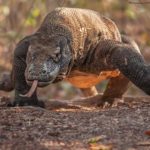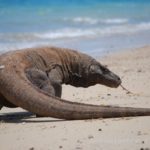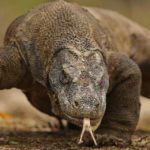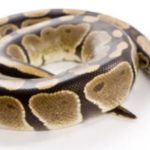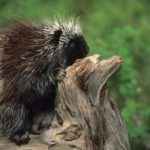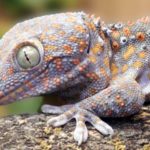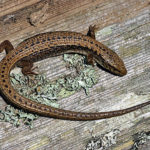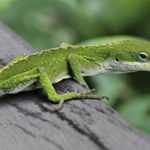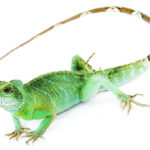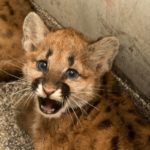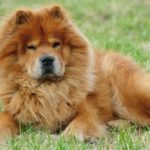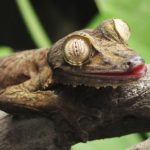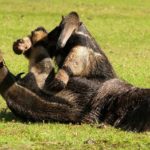Komodo dragons – information
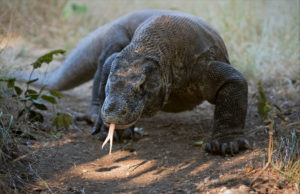 Komodo dragons use not only their nose to search for food, their language is even more important for this purpose. When moving outward and inward, the forked tip collects particles in the air and on the ground. They are transferred to the sensory organ on the palate of the mouth of the Komodo dragon.
Komodo dragons use not only their nose to search for food, their language is even more important for this purpose. When moving outward and inward, the forked tip collects particles in the air and on the ground. They are transferred to the sensory organ on the palate of the mouth of the Komodo dragon.
Various concentrations on the left and right allow the Komodo dragon to find food at a distance of up to 11 km. Although lizards usually find food by smell, they also use sight and hearing. But their hearing is weak, but their eyesight is good. But there is one limitation: it is difficult for them to consider something in a weak light.
Usually the lizards receive water from their victims, but from time to time they go in search of water to the village to people. In earlier times, locals buried their compatriots in the ground, filling stones, and lizards dug them out to satisfy their hunger. Males are much larger and more massive than females. Young males often fight with the old as a food, and for females. Eating a corpse is one of the few situations where cops get together.
On the island of Komodo there are more mature males than females. As during mating, and during a fight, Komodo lizards often bite each other. But toxic bacteria in their saliva do not enter the infection in these wounds. The females of the Komodo lizard have one unique ability: they can have babies, even before mating with males. In the unfertilized eggs of the female, half of its genes are located, the second half is provided by the male sperm. But, if the female is without a male, her half chromosome set will double. In this case, all the young giant lizard will be male.
Like crocodiles, lizards lay eggs. The female of the Komodo lizard searches for the laying of eggs a place that is maximally open to the burning rays of the tropical sun.
